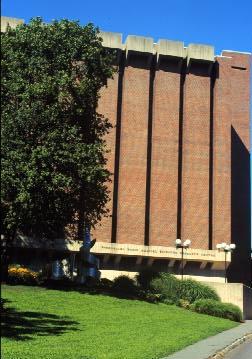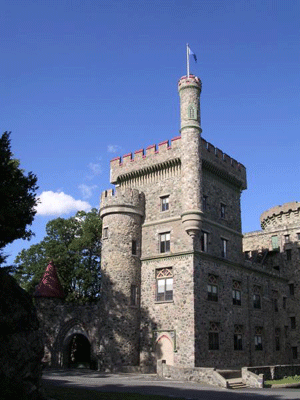Introduction
Founded in 1948, Brandeis University is one of the youngest top-tier universities in the nation that is rated most competitive. The university is named for the late Louis Brandeis, the first Jewish associate justice of the United States Supreme Court, and reflects the ideals of academic excellence and social justice he personified. These principles continue to shape every aspect of the university’s character.
One of the many reasons the university has rapidly risen through the ranks is because its founders, including Albert Einstein, modeled it after the best of three centuries worth of American colleges and universities. It balances the feel of a small liberal arts college with the resources and faculty of a major research university. As a result, students not only have remarkable faculty, but they actually have the opportunity to create personal and close working relationships with them, something few other colleges can offer to the same degree. This balance between a small liberal arts college and large research university is reflected again in both the student population and its location.
Since more than eighty percent of students live on campus, there is extraordinary ex posure to a wide variety of different cultures, backgrounds, and perspectives. The campus is surrounded by the safe streets and great restaurants of Waltham, Massachusetts, but with easy access to Boston, including free shuttles and a train stop adjacent to campus, giving students the best of the big city as well.
No description would be complete without paying homage to the rich activist history and to the student body’s dedication to social justice. The campus was a frequent destination of Martin Luther King, Jr., and others during the civil rights movement because of its activism. Students led the National Student Strike to protest American Foreign Policy during the Vietnam War. The history of the school is filled with passionate students advocating change. The traditions of social activism and social services continues today.
Campus
- 235 acres
- 99 buildings
- One castle
- Commuter train stop on campus connects with public transit in Boston and Cambridge
- Free weekend shuttle bus takes students to various points in Boston
Libraries
- 1,090,000 print volumes
- 885,000 microform resources
- 385,000 government documents
- 30,000 audio recordings
- 6,000 print journal subscriptions
- 1,000 electronic journals and resources
- Annual Circulation 250,000
- Total seating: 800
- Computer Clusters: 5
- 100+ PCs and Macintosh computers with printers for student use
- Networked data jacks for laptop users
The founders managed to combine the best qualities of location, size, offerings, and campus life to maximize the university’s potential. As a result, in its short life span it has been able to create an experience that places it among the best colleges.
The university fully embraces the mission of a liberal arts college with renowned research. The success of its graduates is perhaps the best indicator. While not a household name in America, it is a name that is known and respected in both academic and professional circles. It is a name that allows its graduates to compete for the most sought-after jobs and most selective graduate schools. However, the value of a college experience is not in the diploma that hangs on the wall; it is based on the quality of the experience.



